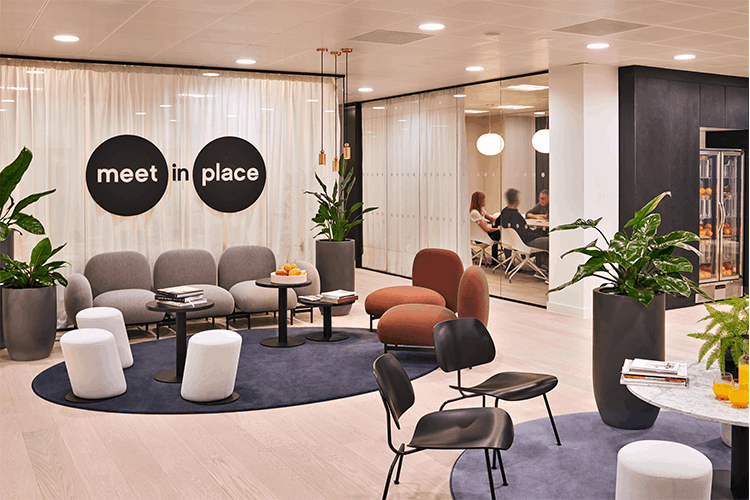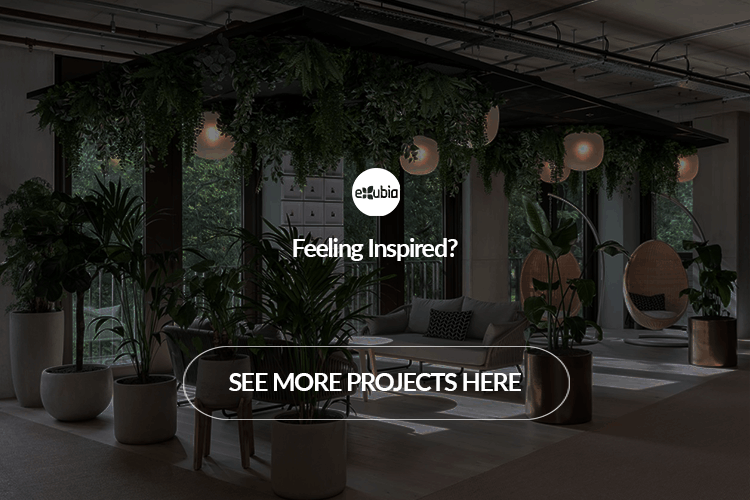Exploring the fundamental principles of incorporating nature into design for a harmonious and sustainable living environment.
What is biophilic design?
Biophilic design is an innovative approach to architecture and interior design that seeks to connect people with nature. It recognizes the inherent human need to be surrounded by nature and incorporates natural elements and patterns into the built environment. By integrating nature into design, biophilic design aims to create spaces that promote health, well-being, and productivity. This design philosophy is based on the idea that humans have an innate affinity for nature and that being in contact with nature can have positive effects on our physical and mental health.
Biophilic design principles can be applied to various types of spaces, including homes, offices, schools, and healthcare facilities. By incorporating elements such as natural light, plants, water features, and natural materials, biophilic design creates spaces that are visually appealing, calming, and conducive to human well-being.
![]()
Visual Connection with Nature
Visual connection with nature is one of the core principles of biophilic design. It involves creating spaces that give occupants a direct view of nature, whether through windows or open spaces. This visual connection with nature has been shown to have a positive impact on human well-being, reducing stress and improving mood. By incorporating views of nature into the design, biophilic spaces can help create a sense of calm and tranquillity.
![]()
Non-Visual Connection with Nature
In addition to a visual connection with nature, biophilic design also emphasises non-visual connections with nature. A non-visual connection to nature is all about the things you can’t see. This can include incorporating natural sounds, such as the sound of water or birdsong, into the environment. It can also involve using natural materials, textures, and colours that evoke a sense of nature. By engaging multiple senses, a non-visual connection with nature helps create a more immersive and holistic experience. You’ve got to think of all of the senses; sight, sound (look into revamping the office playlist), smell (proximity to fresh air), taste, and touch (the seats, the fibres, the materials).
![]()
Non-Rhythmic Sensory Stimuli
Non-rhythmic sensory stimuli refers to the introduction of unpredictable and dynamic elements into the built environment. This can include elements such as moving water features, wind chimes, or natural materials that change over time. By introducing these non-rhythmic sensory stimuli, biophilic design creates a sense of novelty and interest, keeping occupants engaged and connected with their surroundings. In our report conducted over Clerkenwell Design Week, we found that most people (predominantly the artistic personality but shared by others) craved inspiring spaces. Unpredictable elements force a way of thinking that accepts this and will ultimately leave minds open and more receptive.
![]()
Thermal & Airflow Variability
Thermal and airflow variability is an important aspect of biophilic design. It involves creating spaces that offer a range of thermal conditions and natural airflow. This can be achieved through strategies such as the use of natural ventilation, shading devices, and the incorporation of natural materials that help regulate temperature. By providing thermal and airflow variability, biophilic spaces offer occupants a greater sense of comfort and control over their environment. This is actually something we look into a bit, as certain plants require certain temperature requirements and humidity levels. And if you think about how much this can impact plants, imagine the impact on a human!
![]()
Presence of Water
The presence of water is a key element in biophilic design. Water features, such as fountains, ponds, or even small indoor waterfalls, can help create a sense of tranquility and relaxation. Water is also associated with a range of positive psychological and physiological effects, such as reducing stress and improving cognitive function. By incorporating water into design, biophilic spaces can enhance the overall well-being of occupants.
![]()
Dynamic & Diffuse Light
Dynamic and diffuse light is another important principle of biophilic design. It involves using natural light to create dynamic and ever-changing lighting conditions. This can be achieved through strategies such as the use of skylights, windows, or light shelves that allow natural light to penetrate deep into the space. By incorporating dynamic and diffuse light, biophilic spaces create a more visually stimulating and dynamic environment. Certain light levels can be attributed to certain moods and feelings, and it is something we look into as well in our projects whether that be light sensors to keep the plants thriving for years to come.
Connection with Natural Systems
Connection with natural systems is a fundamental principle of biophilic design. It involves creating spaces that are connected to the natural environment and its systems. This can include incorporating elements such as green roofs, living walls, or rainwater harvesting systems. By connecting with natural systems, biophilic spaces can help reduce the environmental impact of the built environment and create a more sustainable living environment. Not to mention, these things look incredible!



Recent Comments